The coefficient of static friction μs, between block A of mass 2 kg and the table as shown in the figure is 0.2. What would be the maximum mass value of block B, so that two blocks do not move ? The string and the pully are assumed to be smooth and massless.
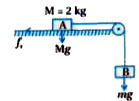 Solution in Gujrati
Solution in Gujrati
4.0 kg
0.2 kg
0.4 kg
2.0 kg
The correct Answer is:C
From figure it is clear that two blocks will not move if force of static friction = weight of block B or Fs=mg
because fs=μsR=μsmg
Therefore μsMg=mg∴,m=μsM. Putting
values of μs and M we get m= 0.4 kg
Topper's Solved these Questions
- LAW OF MOTIONBOOK - KUMAR PRAKASHANCHAPTER - LAW OF MOTIONEXERCISE - (QUESTION PAPER) SECTION-A
5 Videos
- LAW OF MOTIONBOOK - KUMAR PRAKASHANCHAPTER - LAW OF MOTIONEXERCISE - (QUESTION PAPER) SECTION-B
2 Videos
- LAW OF MOTIONBOOK - KUMAR PRAKASHANCHAPTER - LAW OF MOTIONEXERCISE - SECTION -E(MULTIPLE CHOICE QUESTIONS) (MCQS)
69 Videos
- GRAVITATIONBOOK - KUMAR PRAKASHANCHAPTER - GRAVITATIONEXERCISE - QUESTIONS PAPER Section - D
1 Videos
- MACHANICAL PROPERTIES OF SOLIDS BOOK - KUMAR PRAKASHANCHAPTER - MACHANICAL PROPERTIES OF SOLIDS EXERCISE - QUESTION PAPER
11 Videos
Similar Questions
What is dynamics?
View SolutionWhat are concurrent forces ?
View SolutionThe position (x) → time (t) graph of one dimensional motion of a body of mass 0.4 kg. What is the magnitude of impulse of force
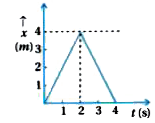
View SolutionA spaceship is stationed on Mars. How much energy must be expended on the spaceship to launch it out of the solar system ? Mass of the spaceship = 1000 kg, mass of the sun =2×1030kg, mass of mars =6.4×1023kg, radius of mars = 3395 km, radius of the orbit of mars =2.28×108km,G=6.67×10−11Nm2kg2
View SolutionWhat is called brittle material ?
View SolutionThe coefficient of static friction between the two blocks shown in figure is μ and the table is smooth. What maximum horizontal forced F can be applied to he block of mass M so that the block move together?
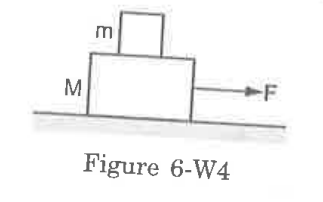
View SolutionThe coefficient of static friction mu_(s) between block A of mass 2kg and the table as shown in is 0.1 What would be the maximum mass value of blocks B so that the two bloks do not move ? The string and the pulley are assumed to be smooth and massless (g = 10m//s^(2)) .
View SolutionAs shown in figure, A and B are two blocks of mass 5kg and 10kg connected by inextensible and massless strings. Pulleys 1,2,3 are massless, no frction exists between pully and strings. The coefficient of friction between blocks B and the surface is μ=0.1 Take g=10m/s2. Choose the correct statements.
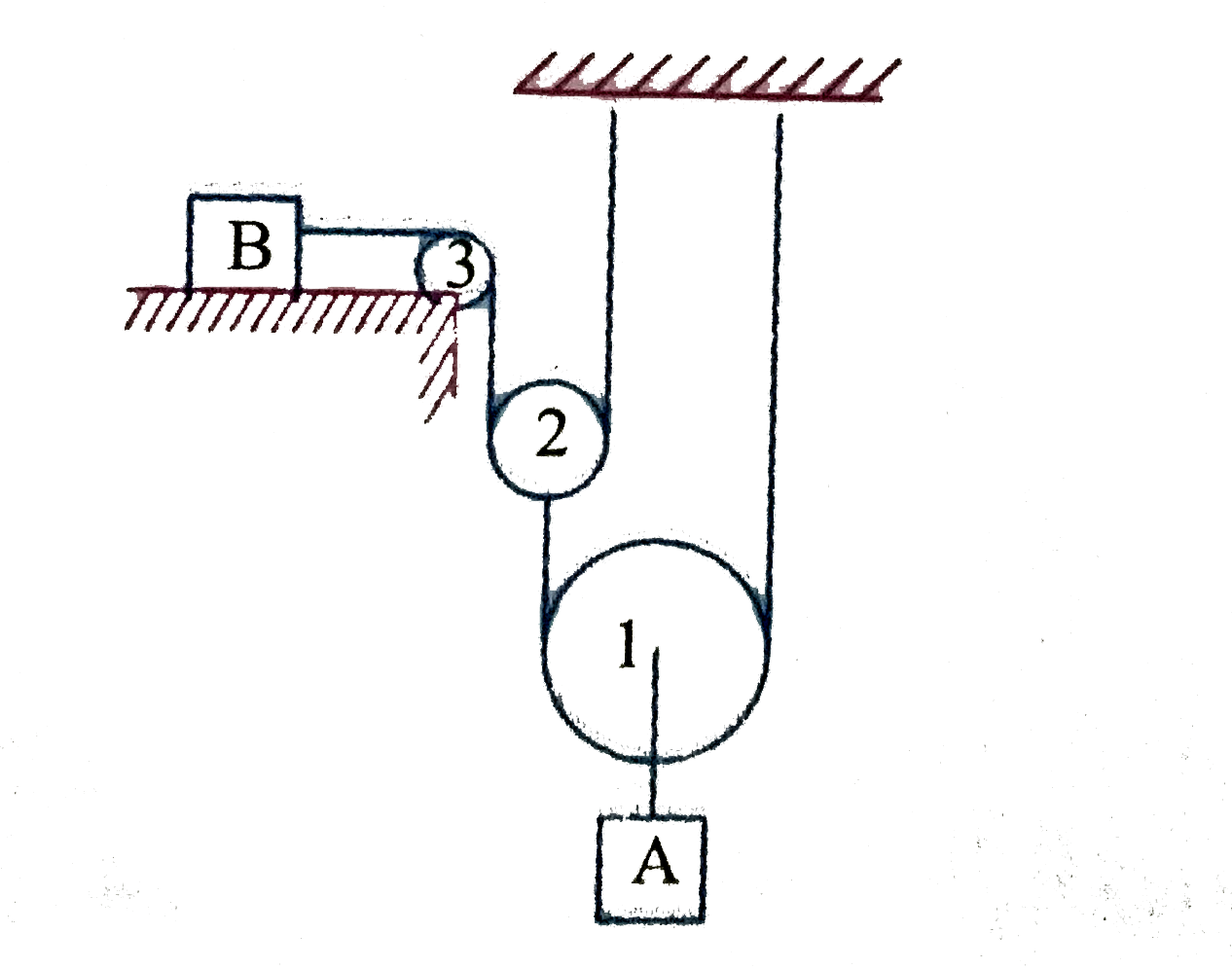
View SolutionThe coefficient of static friction, μs between block A mass 2kg and the table as shown in the figure, is 0.2. What would be the maximum mass value of block B, so that the two blocks do not move ? The string and the pulley are asseumed to be smooth and massless (g=10m/s2)
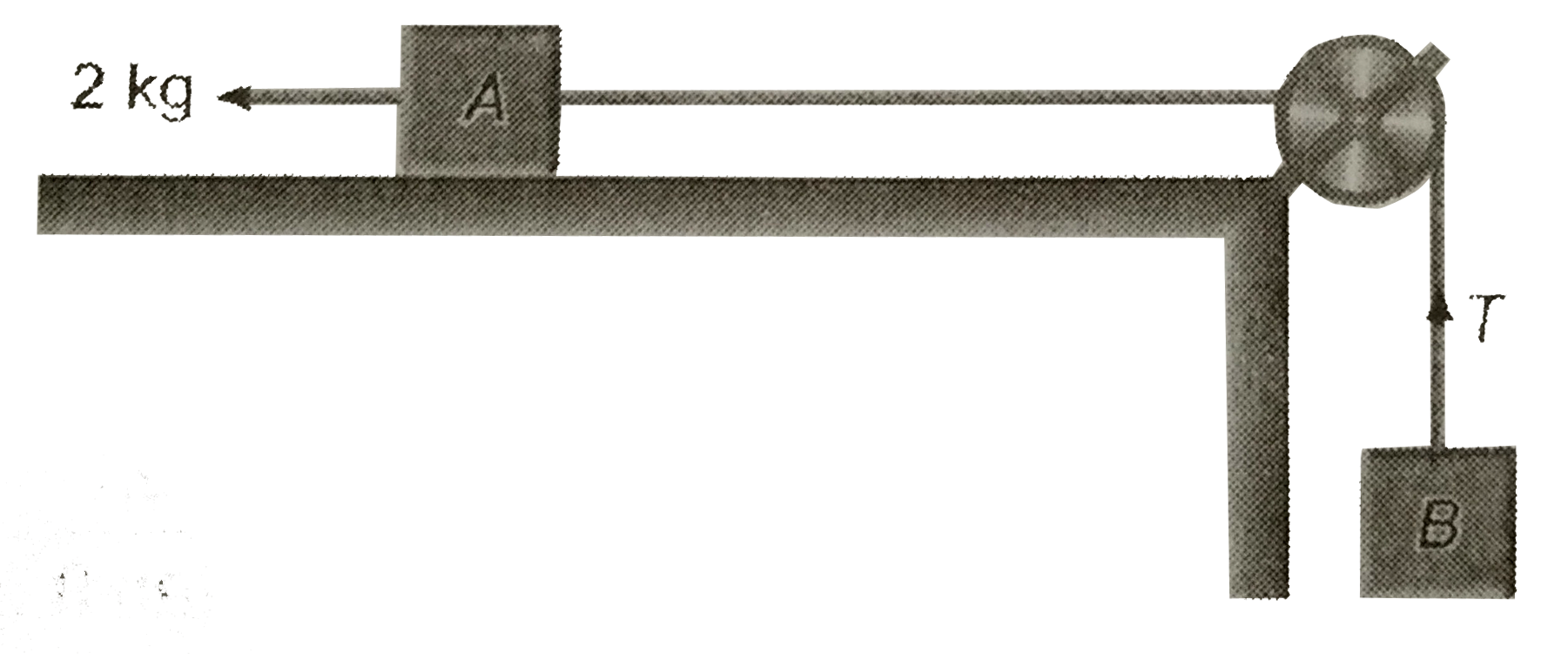
View SolutionThe coefficient of static friction, mu_(s) between block A of mass 2 kg and the table as shown in the figure is 0.2. What would be the maximum mass value of block B so that the two blocks do not move? The string and the pulley are assumed to be smooth and massless. (g=10m//s^(2))
View Solutionचित्र में दर्शाये अनुसार 2 किग्रा द्रव्यमान के ब्लॉक A तथा मेज के बीच स्थैतिक-घर्षण गुणांक 0.2 है | ब्लॉक B का अधिकतम द्रव्यमान क्या हो कि दोनों ब्लॉक गति न करे ? रस्सी तथा घिरनी चिकनी तथा भारहीन हैं (g = 10 मी/से2)
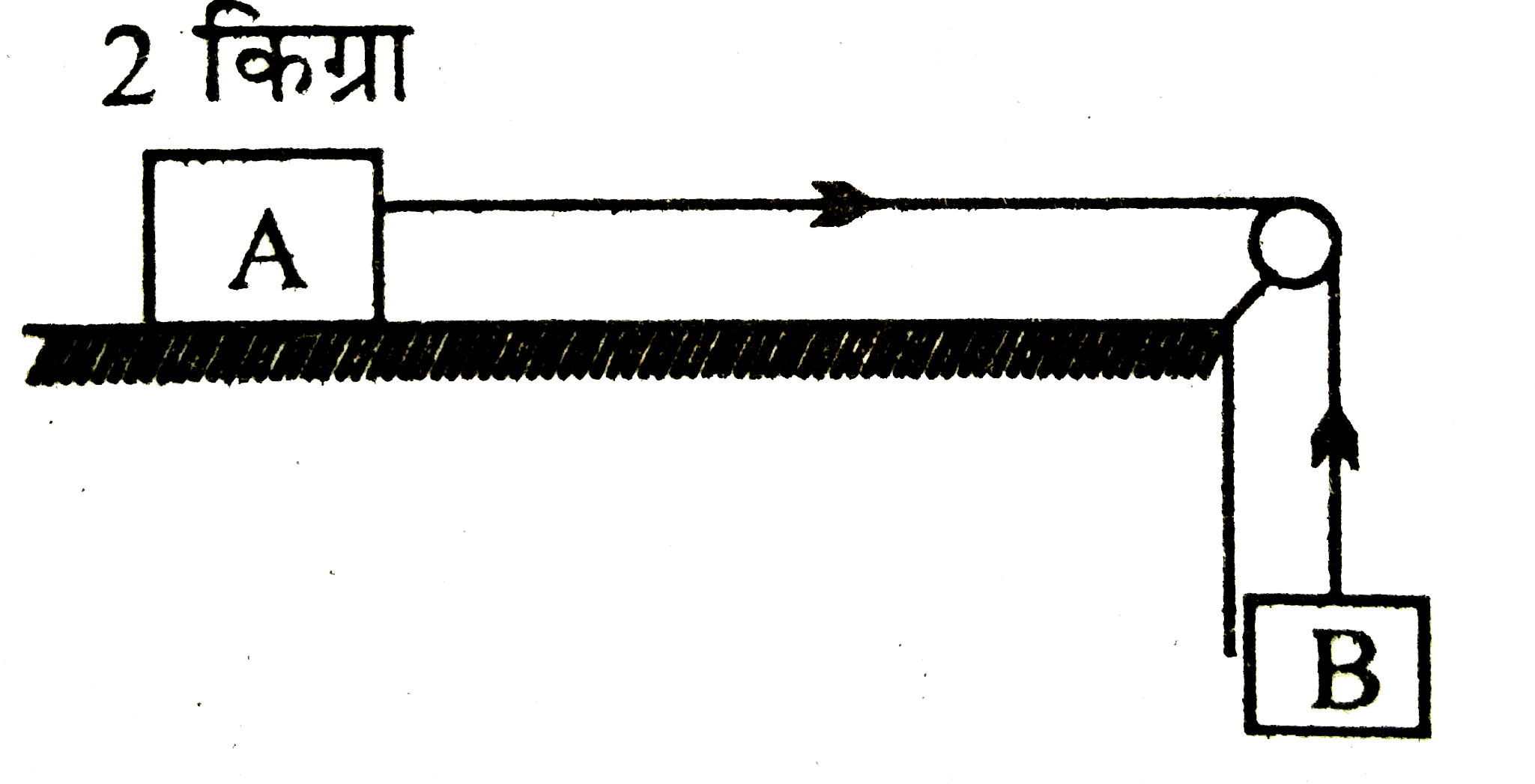
View SolutionIn the figure shown, the coefficient of static friction between the block A of mass 20 kg and horizontal table is 0.2. What should be the minimum mass of hanging block just beyond which blocks start moving?
View SolutionThe coefficient of static friction μs, between block A of mass 2 kg and the table as shown in the figure is 0.2. What would be the maximum mass value of block B, so that two blocks do not move ? The string and the pully are assumed to be smooth and massless.

View SolutionThe coefficient of static friction between the two blocks shown in figure is μ and the table is smooth. What maximum horizontal forced F can be applied to he block of mass M so that the block move together?

View SolutionThe coefficient of static friction between the two blocks shown in figure is μ and the table is smooth. What maximum horizontal forced F can be applied to he block of mass M so that the block move together?

View Solution
